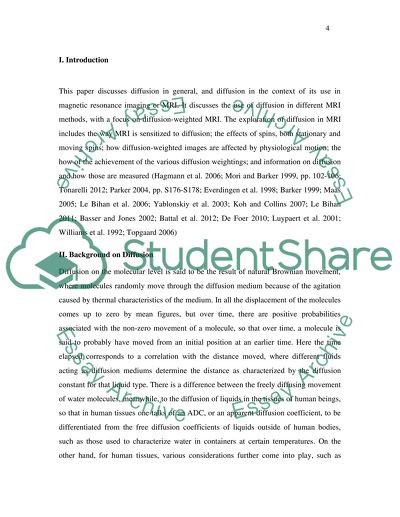Cite this document
(“Diffusion weighted (DW) Magnetic Resonance Imaging MRI Essay”, n.d.)
Diffusion weighted (DW) Magnetic Resonance Imaging MRI Essay. Retrieved from https://studentshare.org/physics/1403926-diffusion-weighted-dw-mri-magnetic-resonance
Diffusion weighted (DW) Magnetic Resonance Imaging MRI Essay. Retrieved from https://studentshare.org/physics/1403926-diffusion-weighted-dw-mri-magnetic-resonance
(Diffusion Weighted (DW) Magnetic Resonance Imaging MRI Essay)
Diffusion Weighted (DW) Magnetic Resonance Imaging MRI Essay. https://studentshare.org/physics/1403926-diffusion-weighted-dw-mri-magnetic-resonance.
Diffusion Weighted (DW) Magnetic Resonance Imaging MRI Essay. https://studentshare.org/physics/1403926-diffusion-weighted-dw-mri-magnetic-resonance.
“Diffusion Weighted (DW) Magnetic Resonance Imaging MRI Essay”, n.d. https://studentshare.org/physics/1403926-diffusion-weighted-dw-mri-magnetic-resonance.


